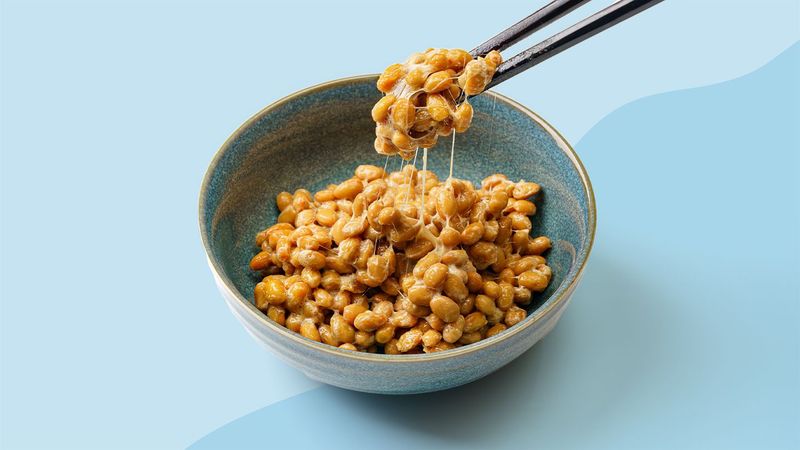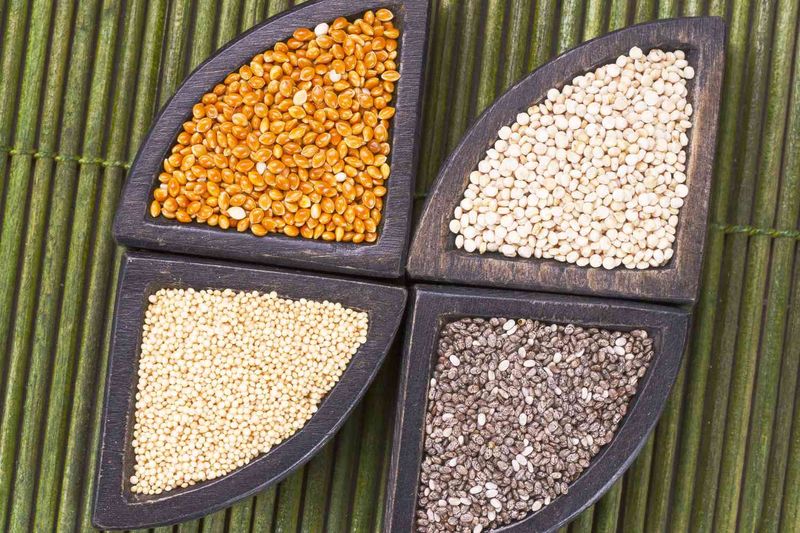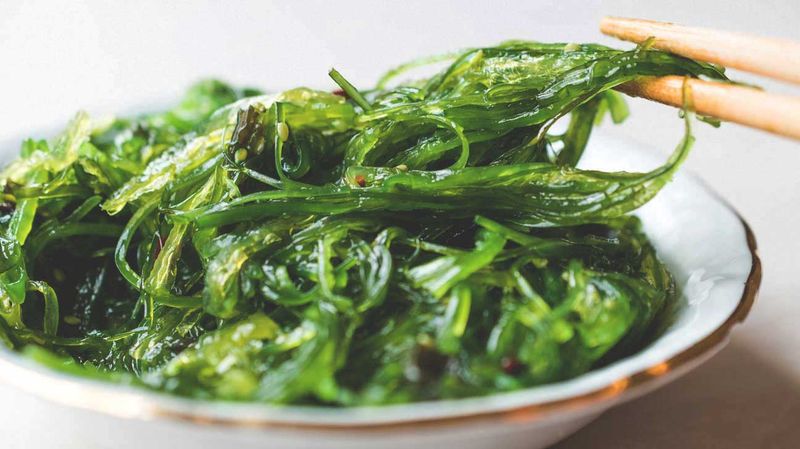In today’s fast-paced world, convenience often trumps nutritional content. As a result, modern diets frequently lack essential nutrients that were once abundant in the simpler meals of previous generations. Our ancestors, without the luxury of processed foods and industrial farming, relied on whole, natural sources of nourishment.
This unintentional dietary wisdom ensured they received vital nutrients naturally. From vitamin-rich organ meats to omega-3-loaded wild fish, the foods our grandparents consumed painted a diverse nutritional landscape. In this exploration, we’ll uncover six crucial nutrients missing from today’s diets, once naturally acquired through traditional eating habits, and discuss how to integrate them back into your meals.
1. Vitamin K2

Vitamin K2, often overshadowed by its sibling vitamin K1, plays a pivotal role in cardiovascular and bone health. Historically, this nutrient was abundant in traditional diets rich in fermented foods and grass-fed animal products. Imagine a time when sauerkraut and aged cheeses were dietary staples, naturally infused with K2. The modern decline in fermented food consumption has contributed to this nutrient’s scarcity.
To bridge this nutritional gap, consider incorporating natto, a fermented soybean dish, or opt for grass-fed dairy products. Cultivating a taste for these foods can help restore this essential vitamin to your diet.
2. Omega-3 Fatty Acids

Imagine the invigorating scent of the ocean breeze as fishermen once brought in bountiful catches of fatty fish. Omega-3 fatty acids, crucial for brain and heart health, were naturally abundant in these wild-caught fish. The industrial rise of farmed fish, with lower omega-3 levels, has contributed to a dietary deficit.
To reintroduce this vital nutrient, consider adding wild salmon, sardines, or mackerel to your meals. Not only will this enhance your diet, but it will also support sustainable fishing practices. Rediscover the benefits of omega-3s, cherished by previous generations.
3. Magnesium

Magnesium, a mineral essential for various bodily functions, was once plentiful in diets that included whole grains and mineral-rich soil-grown produce. Picture fields where ancient grains thrived, naturally imbued with magnesium. Modern agricultural practices, depleting soil nutrients, have led to a noticeable drop in magnesium levels.
To replenish this vital mineral, explore whole grains like quinoa and millet or include leafy greens and nuts in your diet. This simple shift can help restore the balance and vitality of a magnesium-rich lifestyle.
4. Iodine

Iodine, crucial for thyroid function, was once widely available through seafood and seaweed consumption. Picture the coastal communities where seaweed was a staple, naturally providing iodine. However, modern diets, with reduced seafood intake, have seen a decline in this essential nutrient.
To address this, consider adding seaweed snacks or seafood like cod and shrimp to your meals. These iodine sources can help maintain thyroid health and bring a hint of oceanic life back to your table.
5. Vitamin A

Vitamin A, vital for vision and immune health, was once naturally consumed through liver and colorful vegetables. Envision a farm where lush greens and vibrant root vegetables flourish alongside nutrient-rich liver meals. Unfortunately, the modern focus on convenience foods has shifted dietary patterns away from these sources.
To boost Vitamin A intake, incorporate liver pâté or carrot-rich salads into your meals. This not only supports health but also revives culinary connections to the past.
6. Zinc

Zinc, a powerhouse for immune function and enzyme activity, was naturally abundant in diets featuring oysters and seeds. Picture an era when hearty stews with oyster or pumpkin seed garnishes were common fare. This mineral’s availability has dwindled due to dietary shifts away from zinc-rich foods.
To integrate more zinc, try adding oysters to your seafood platter or tossing pumpkin seeds in salads. These small changes can significantly enhance your diet and revive this essential nutrient.

Well, hello there!
My name is Jennifer. Besides being an orthodontist, I am a mother to 3 playful boys. In this motherhood journey, I can say I will never know everything. That’s why I always strive to read a lot, and that’s why I started writing about all the smithereens I came across so that you can have everything in one place! Enjoy and stay positive; you’ve got this!

